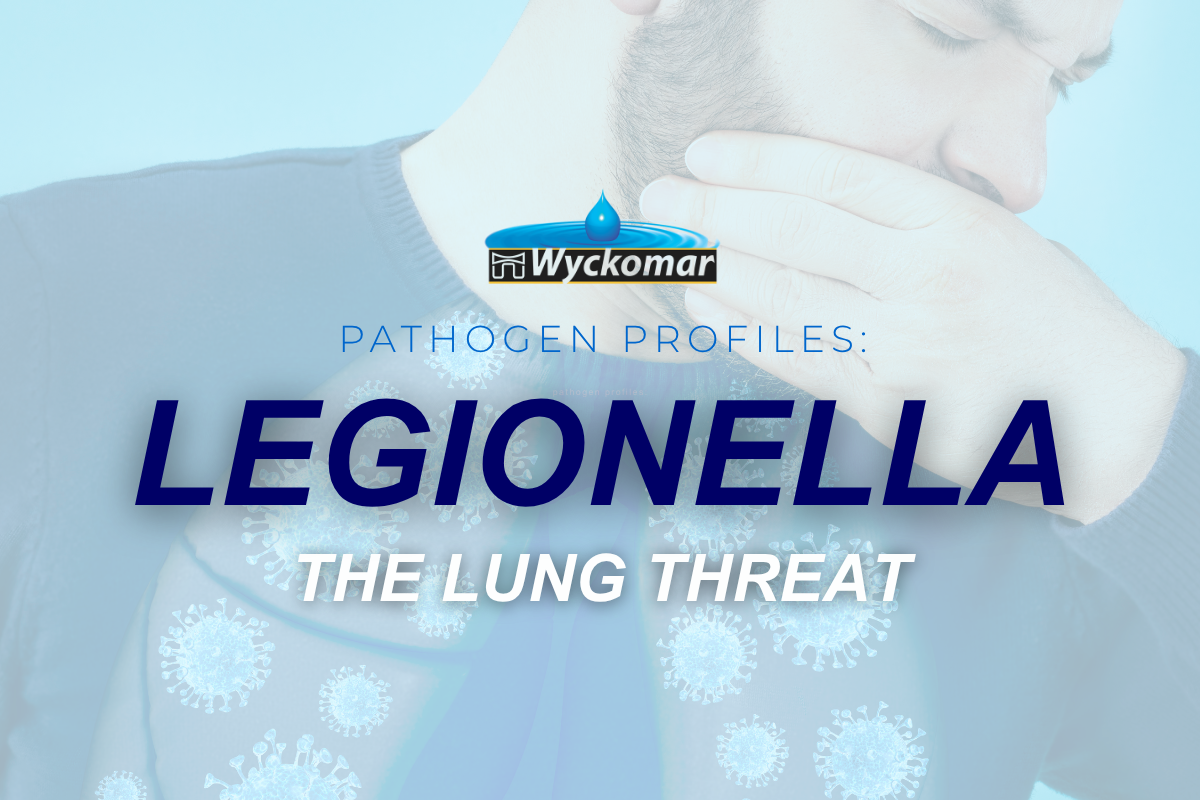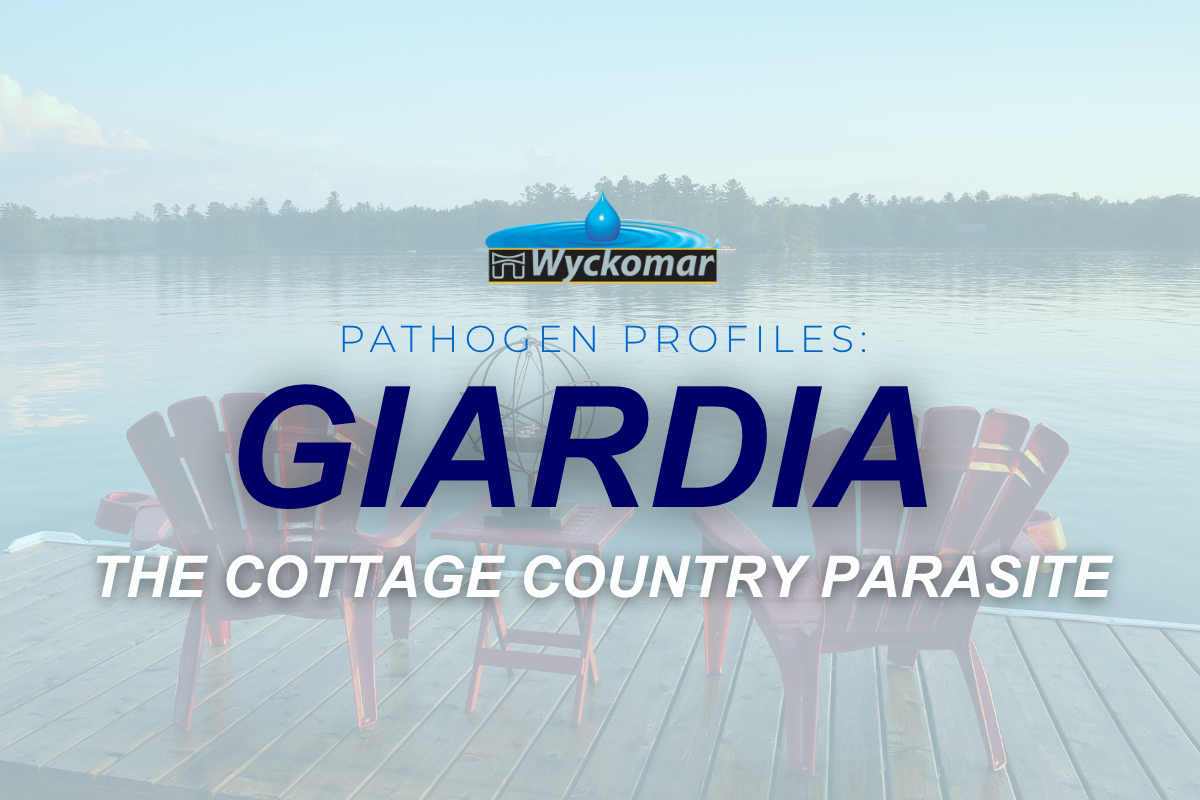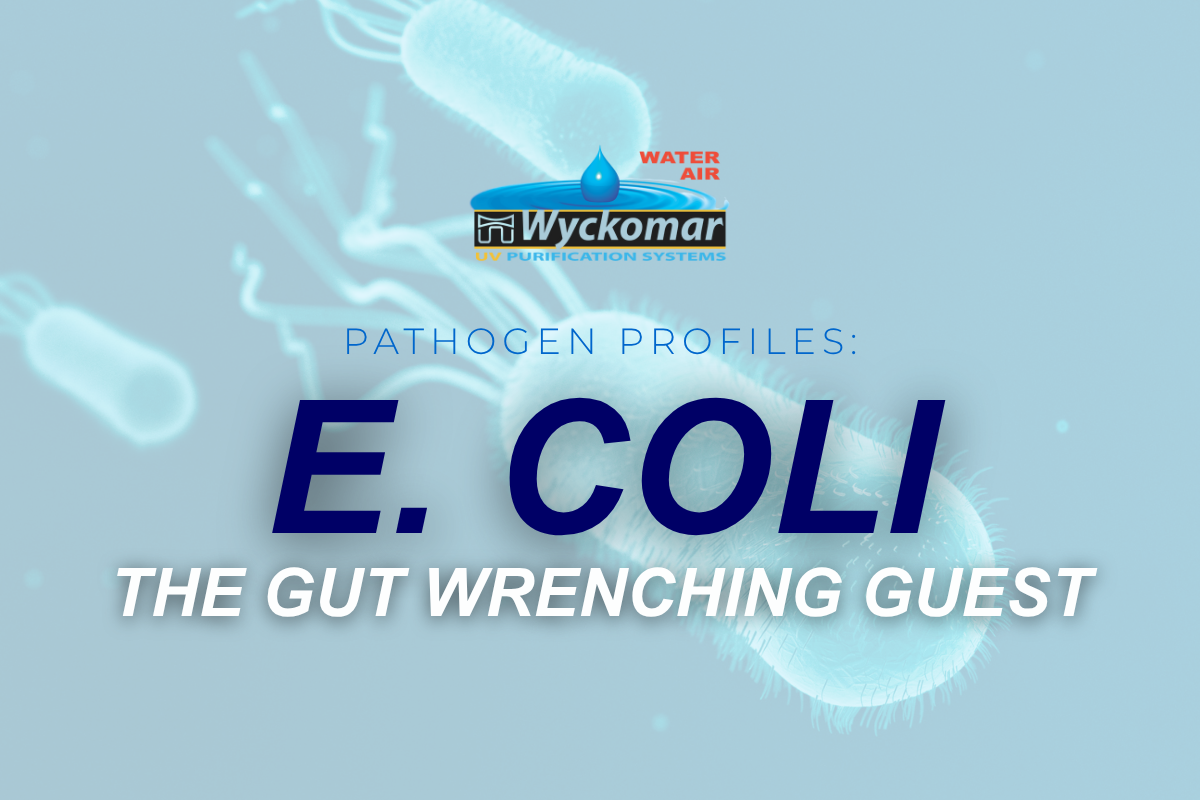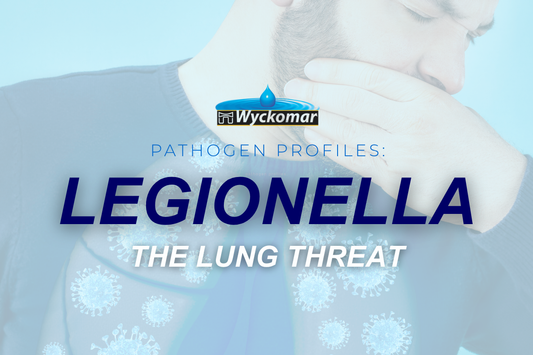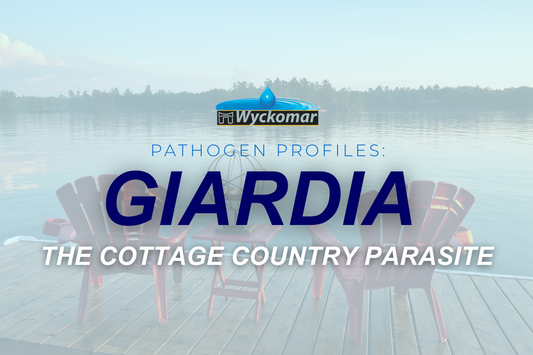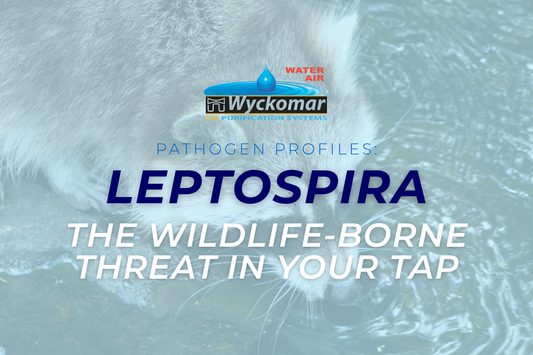When we talk about bacteria in drinking water, names like E. coli come to mind quickly. But there’s another dangerous pathogen that often flies under the radar—Leptospira interrogans, the bacteria responsible for the disease leptospirosis.
Leptospira may not be as well-known, but it's a serious and growing concern in rural, agricultural, and even urban environments—including right here in North America.
What Is Leptospira?
Leptospira is a corkscrew-shaped bacterium that thrives in warm, moist environments. It’s shed in the urine of infected animals, contaminating soil, groundwater, and surface water. Once introduced into the environment, it can survive for months or even years, particularly in places where standing water and wildlife intersect.
Humans and animals can become infected through:
-
Drinking contaminated water
-
Skin contact with infected water (even through small cuts)
-
Contact with infected animals or soil
Leptospira can cause symptoms ranging from mild flu-like illness to severe complications like liver or kidney failure.
Who’s at Risk?
The risk of infection is higher for:
-
Farmers, trappers, hunters, and rural residents
-
Pet owners with unvaccinated animals
-
Recreational swimmers, boaters, and anglers
-
Anyone relying on wells, cisterns, or surface water sources
Even household pets can carry the bacteria and potentially spread it to humans.
North American Risk Is Real
Contrary to the belief that leptospirosis is limited to tropical areas, recent studies show it's a growing concern in North America:
-
A Canadian study found notably higher infection rates in Ontario (9.6%) and Nova Scotia (18.5%) in canine test results (PLOS ONE, 2022).
-
In the U.S., hotspots have been identified in the East, Midwest, and Southwest, particularly in areas with dense wildlife and surface water access (dvm360).
These numbers highlight a growing public health concern, especially in regions where water storage systems like cisterns are common and may be accessed by wildlife.
Why UV Disinfection Works Best
While chemical treatment and boiling are traditional methods for disinfection, they come with limitations:
-
Chemicals like chlorine can produce harmful by-products and require careful handling.
-
Boiling is impractical for daily use and energy-intensive.
UV disinfection offers a cleaner, safer alternative. It uses ultraviolet light to neutralize pathogens, including Leptospira, without adding anything to your water.
A UV Dose of just 6 mJ/cm² is enough to inactivate Leptospira—and all Wyckomar UV systems exceed this threshold, making them a reliable and chemical-free choice for whole-home water safety.
Protect Your Home from Wildlife-Borne Pathogens
Because Leptospira can infect through skin contact, point-of-use filters aren't enough. A whole-home UV disinfection system ensures that all water—drinking, bathing, laundry—is safe.
Wyckomar’s systems are:
-
✅ Easy to install and maintain
-
✅ Energy-efficient and cost-effective
-
✅ Trusted across Canada and internationally for 40+ years
Want to learn more?
Explore our line of whole-home UV systems and find a solution that keeps your water safe from wildlife-borne threats—24/7.
Next week:
Up next, we’ll look at Giardia—a tiny parasite that causes big trouble for backcountry adventurers and private well owners alike.


